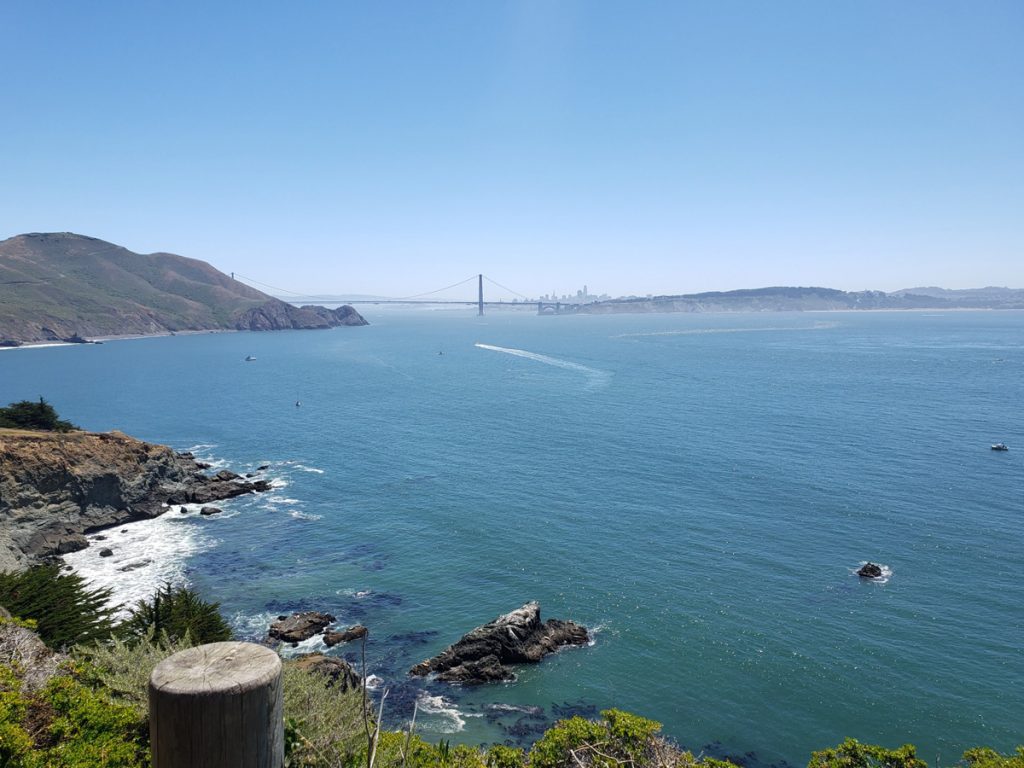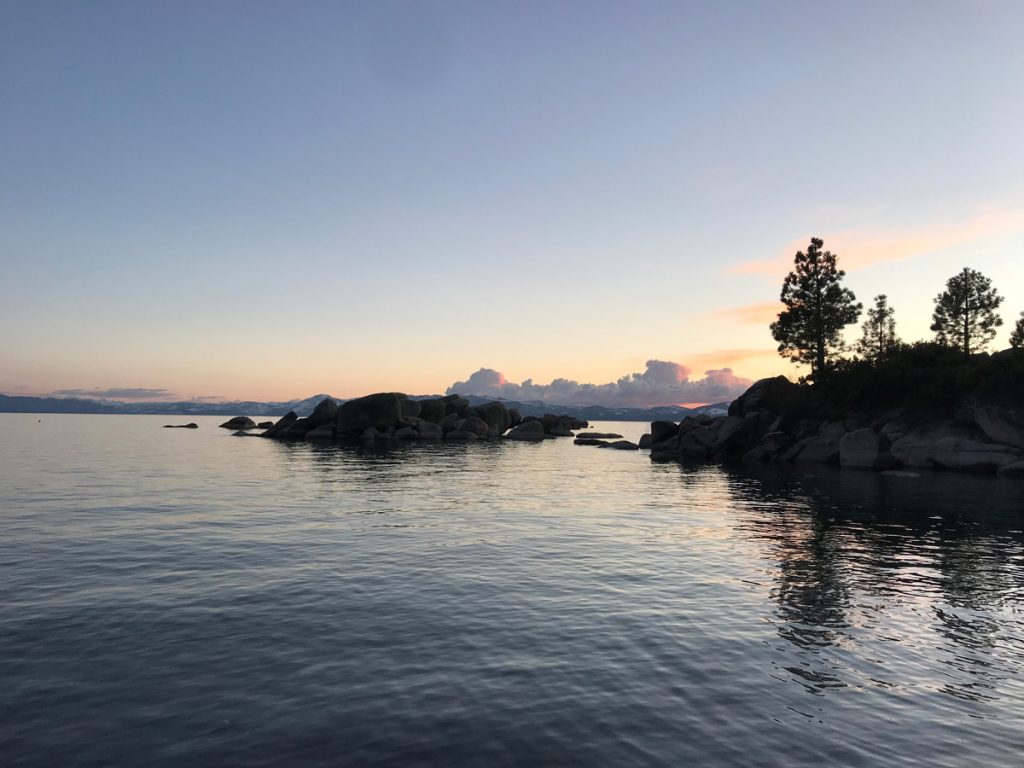On June 22, 2020, the United States (U.S.) Environmental Protection Agency and the U.S. Army Corps of Engineers (USACE) published the Navigable Waters Protection Rule (NWPR) in the Federal Register to finalize a revised definition of “waters of the U.S.” under the Clean Water Act (CWA). The NWPR is the second step in a two-step process to repeal and revise the 2015 rule that defines waters of the U.S. The final rule is designed to define and delimit waters of the U.S. under federal jurisdiction from those waters and wetlands under state or tribal management. In anticipation of these changes, the California State Water Resources Control Board began implementing its State Wetland Definition and Procedures for Discharges of Dredged or Fill Material to Waters of the State on May 28, 2020. Both of these regulatory changes have the potential to impact project planning and permitting. This article summarizes both the state and federal rule changes and also includes additional guidance that Insignia Environmental (Insignia) has received from the USACE.
The final NWPR, a lengthy document with numerous appendices, provides an overview of the legislative history of seminal court cases (e.g., Rapanos, Riverside Bayview Homes, and Solid Waste Agency of Northern Cook County [SWANCC]) that have come to define the challenges associated with creating a single, unified definition of waters of the U.S. During the comment period for the draft NWPR, over 770,000 comments were received during the first step of the rule-making.
With this new rule, the agencies have clearly defined those waters that are under federal jurisdiction and those that are not. A key component of defining federal jurisdiction of waters and wetlands relies on having a surface water connection to a traditional navigable water (TNW) or territorial sea. From there, the new rule sets out to define four categories of jurisdictional waters: 1) territorial seas and TNWs; 2) perennial and intermittent tributaries that contribute surface water flow to such waters; 3) certain lakes, ponds, and impoundments of jurisdictional waters; and 4) wetlands adjacent to other jurisdictional waters.

The agencies also included a laundry list of now-excluded waters that do not meet any of the new categorical criteria. Waters excluded from federal jurisdiction include the following (though this list is summarized for brevity): groundwater; ephemeral features that flow only in direct response to precipitation; storm water runoff; ditches that are not TNWs or tributaries, or that are not constructed in adjacent wetlands; previously converted cropland; artificially irrigated areas that would revert to upland if artificial irrigation ceases; artificial lakes and ponds that are not jurisdictional impoundments and that are constructed or excavated in upland or non-jurisdictional waters; water-filled depressions and pits constructed or excavated in upland or in non-jurisdictional waters incidental to mining or construction activity; storm water control features constructed or excavated in upland or in non-jurisdictional waters to convey, treat, infiltrate, or store storm water run-off; groundwater recharge, water reuse, and wastewater recycling structures constructed or excavated in upland or in non-jurisdictional waters; and waste treatment systems.
One of the clear outcomes of the final NWPR is the exclusion of ephemeral streams from the definition of waters of the U.S. While the agencies make clear that the 2019 rule (i.e., the final rule that repealed the 2015 rule and recodified the pre-existing regulations until the 2020 NWPR became effective) would have regulated certain ephemeral streams connected to a TNW via a significant nexus, the final NWPR categorically excludes ephemeral features.
While the definition of waters of the U.S. has changed, the USACE has advised that the process for requesting and issuing approved jurisdictional determinations (AJDs) and preliminary jurisdictional determinations (PJDs) should remain the same. AJDs and PJDs are used by the USACE to help implement Section 404 of the CWA. This process is described in the USACE Regulatory Guidance letter (RGL) of October 2016 (No. 16-01). According to the RGL, an AJD is legally binding and will be issued if the USACE has determined the presence or absence of jurisdictional aquatic resources on a parcel (and the resource boundaries). The new definitions under the NWPR will be applied when an AJD is issued by the USACE.

A PJD indicates there are aquatic resources present and treats all aquatic resources that would be affected as jurisdictional. A PJD is often requested to obtain a USACE permit authorization expeditiously. If a PJD is issued, then the USACE presumes jurisdiction over all aquatic features on the project site (whether they are actually regulated under the NWPR). Under the NWPR, a PJD is recommended if a feature is clearly jurisdictional. A PJD may also be used on a case-by-case basis if the jurisdiction is in question. However, if a feature is clearly not jurisdictional, a PJD may not be appropriate to use and it may be better to request an AJD. The USACE recommends considering pursuing a PJD if there are multiple features on a site and some clearly jurisdictional and some not jurisdictional, especially because the project requires permitting anyway. Alternatively, an AJD can be requested when there are multiple features on a site so that the jurisdictional and non-jurisdictional features can be clearly identified. In light of the guidance in RGL No. 16-01, early discussions with the USACE are encouraged, especially where jurisdiction may be in question. Coordinating early with the USACE will ensure that the different options for addressing jurisdiction are understood and that the most appropriate mechanism for requesting a jurisdictional determination can be identified.
It is acknowledged that the regulated community would need to prepare fewer CWA permit applications as a result of ephemeral features being excluded from the definition of waters of the U.S. Both ephemeral streams and isolated waters (e.g., vernal pools) are waters of the State and it is our assessment here at Insignia that the Regional Water Quality Control Boards (RWQCB) will continue to regulate discharges to isolated waters in much the same way as they do for federally jurisdictional waters, using the Porter-Cologne Water Quality Control Act as authority rather than federal jurisdiction. When a project could impact waters outside of federal jurisdiction, such as an ephemeral stream or isolated wetland, the RWQCBs will continue to issue Waste Discharge Requirements to ensure that impacts do not violate state water quality standards. Lastly, with the adoption of the State Wetland Definition and Procedures for Discharges of Dredged or Fill Material to Waters of the State, the SWRCB has proposed an alternative wetland definition and a modified three-criteria test for performing wetland delineations rather than relying solely on the federal definition of a wetland (i.e., the presence of wetland hydrology, hydric soils, and hydrophytic vegetation). Whether an aquatic resources report and/or a wetland delineation are required for a state and/or federal permit requirement, Insignia is ready to support our clients in their waters and wetlands permitting needs. Our highly qualified and experienced staff are ready to assist you in navigating these new regulatory changes.